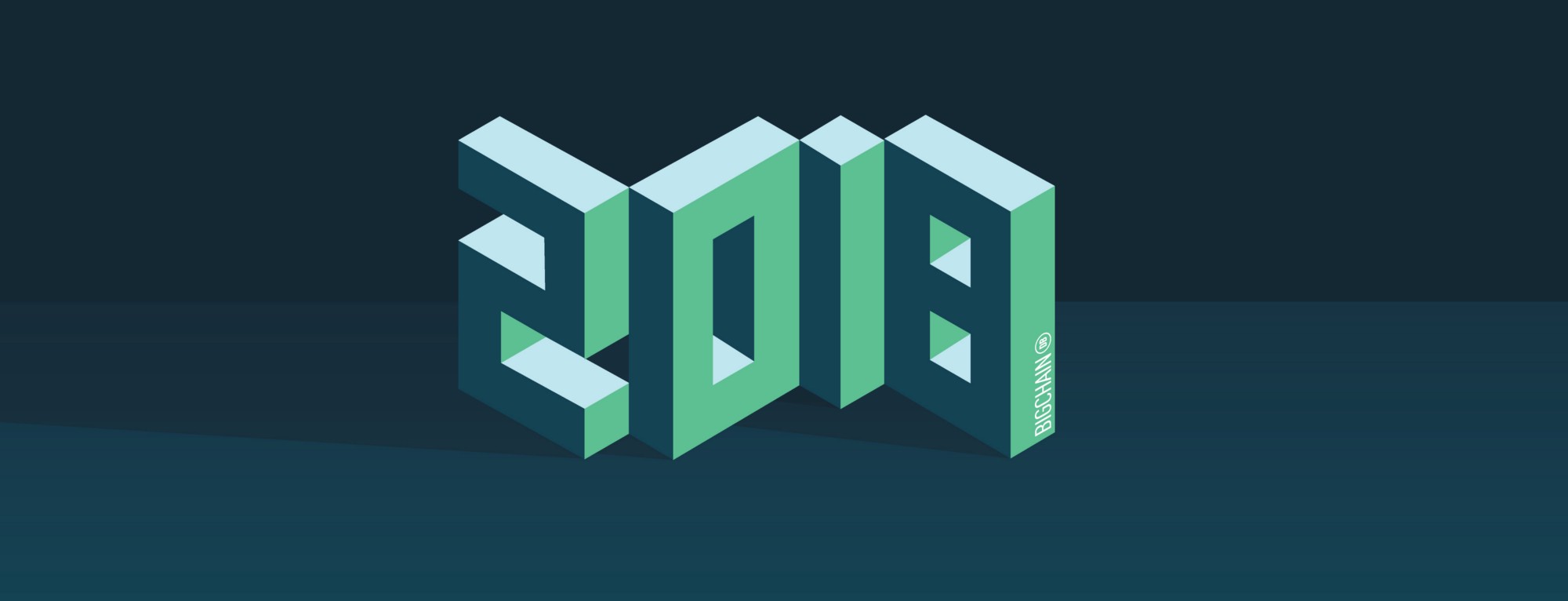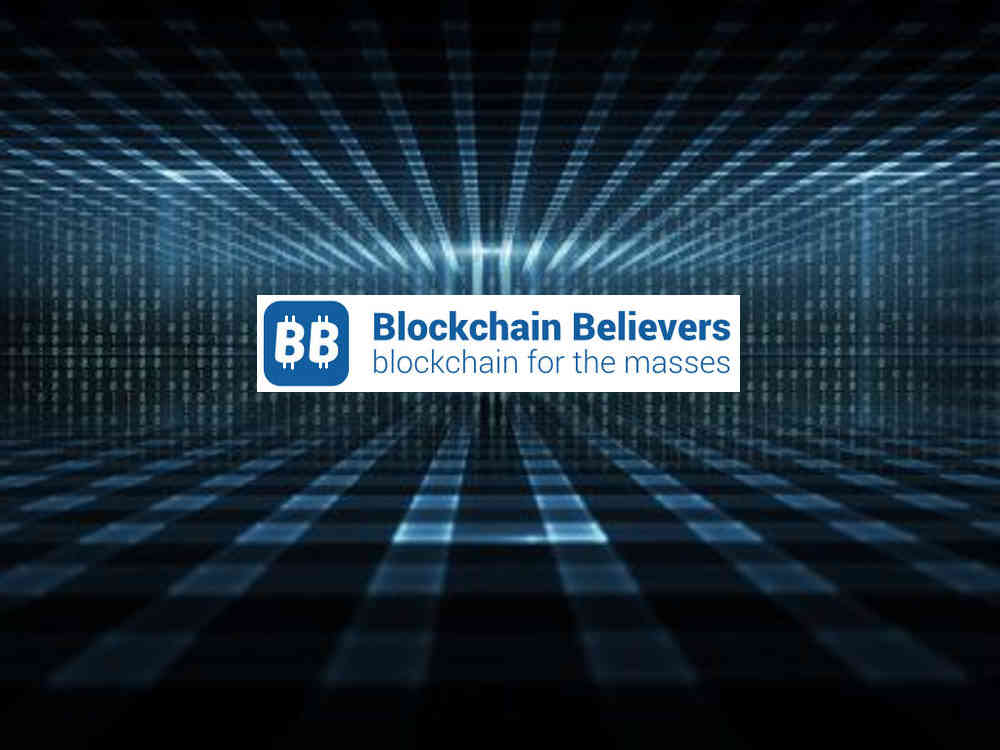A retrospective of a our journey so far, some insights on data driven, blockchain use cases, public utility networks, tokens and what lies…
An eternity ago in the blockchain space, on Feb 10, 2016, we announced BigchainDB, a scalable blockchain database. It was based on the realization that blockchain was useful for more than just financial use cases, it was perfect for data driven use cases. We had come to this conclusion from our work in building ascribe.io, a service for creators to claim attribution. We saw that Bitcoin wasn’t meant to be used as a licensing and rights database, but rather as it was intended: digital gold.
In the 2 years since then, we’ve seen an explosion of non-financial use cases from supply chain, intellectual property, IoT, energy and manufacturing. Blockchain has gone from an awkward, novel idea to being the main theme of the World Economic Forum. After 200+ flights across the globe, working with large enterprises and speaking to audiences, what did we learn?
The future is data
All these use cases are data driven and they need decentralized control. It’s a simple requirement. That no single entity can control the truth on data, and thus bring security for all that data hasn’t been tampered with and that the digital record is a true representation of what happened.
By being one of the few companies focusing on data, rather than cryptocurrency, we hit on another epiphany. If the world is going to embrace blockchain technology, it needs to start from the data layer. The vision to track every single physical object in the world, every single interaction and every transaction needs to start with translating a real-world event into the digital world. That digital world starts with a database.
And if this is possible, no single entity can control this digital data layer. It must be decentralized. It must give full control to the data owner. The data must be self-sovereign. It needs to reside on a protocol that no one owns. And the interaction between the physical and digital world needs to happen via ultra-secure sensors, chips and tags, which act as the gatekeepers to the decentralized data layer.
On top of data sits business logic and orchestration
Once a secure link from the physical and digital world is established in a decentralized data layer, users need to be able to impose access control, permissions, and orchestrate business logic on the data. This can be done via smart contract platforms such as Ethereum, Lisk, NEO or Hyperledger or any other provably secure computation network such as Truebit, Codius, Enigma or Golem. This architecture points to a world where you could run the whole business in a decentralized network.
Source/More: 2018. The Year for Data Driven Blockchains. – The BigchainDB Blog
















